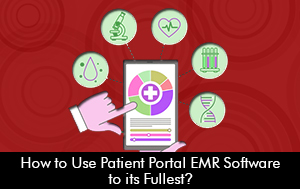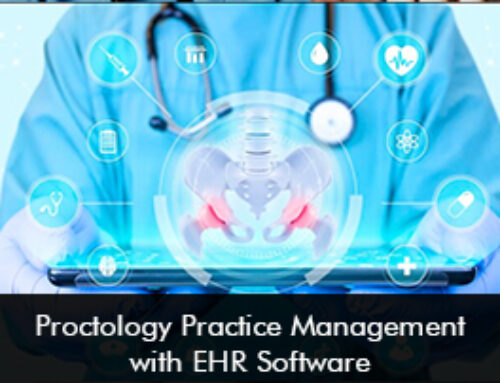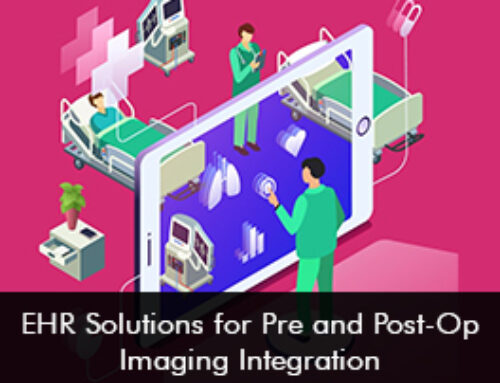A Patient Portal EMR Software is a versatile tool which enables efficient communication between the patient and the provider within a healthcare practice. Government healthcare officials encourage the use of Patient Portals since they help digitize the conventional communication channels and provide both the patients and the practices a faster and more reliable channel. Patient Portal EHR Software take care of both the clinical as well as administrative operations and allow both parties to be more engaged with each other.
Here is a short guide on how to select a Patient Portal for your healthcare practice and its biggest benefits for you.
How to select a Patient Portal EMR Software?
Patient Portals are normally integrated into an Electronic Health Records (EHR) or Practice Management (PM) Software but you can also choose an independently running Patient Portal Software. Firstly, you need to decide if your practice requires a stand-alone system or an EHR Suite with an integrated Patient Portal. Once you’re done making this decision, here are a few steps you need to follow to select one software for purchase.
- Research EMR Software pricing info and define a specific budget for the purchase.
- Decide on 5 or 6 different products and compare their screenshots.
- Read software reviews over the internet.
- Shortlist the final 2 or 3 vendors you like the most.
- Schedule a demo with the vendors and clear out any confusions about the software.
Advantages of Patient Portals
With more and more doctors realizing the importance and benefits of Patient Portals, the adoption rate of these portals among practices has been increasing. A recent survey conducted in May 2019 showed around 64% increase in the use of Patient Portals over the last 3 years. The increase in the adoption rate clearly shows the unique benefits a Patient Portal brings to clinics. A few advantages of using Patient Portal EMR Software are listed below:
-
Improved Patient-Physician Relationships
Patient Portals offer a mutual platform where both doctors and their patients can exchange health-related information, wellness plan and updates, medication info, etc. conveniently. This provides both parties with more opportunities to interact and connect.
-
Improved Clinical Outcomes
The sharing of e-Prescriptions (e-Rx) and other medication info through Patient Portals help increase medication adherence and hence lead to better clinical outcomes.
-
Workflow Optimization
Tasks such as Medical Billing and Patient Scheduling which were previously being handled by practice staff are automated through the use of Patient Portal EHR Software. This frees up the staff from a lot of workload and they can dedicate their time and energies to other more important tasks. This results in a highly efficient and optimized workflow.







